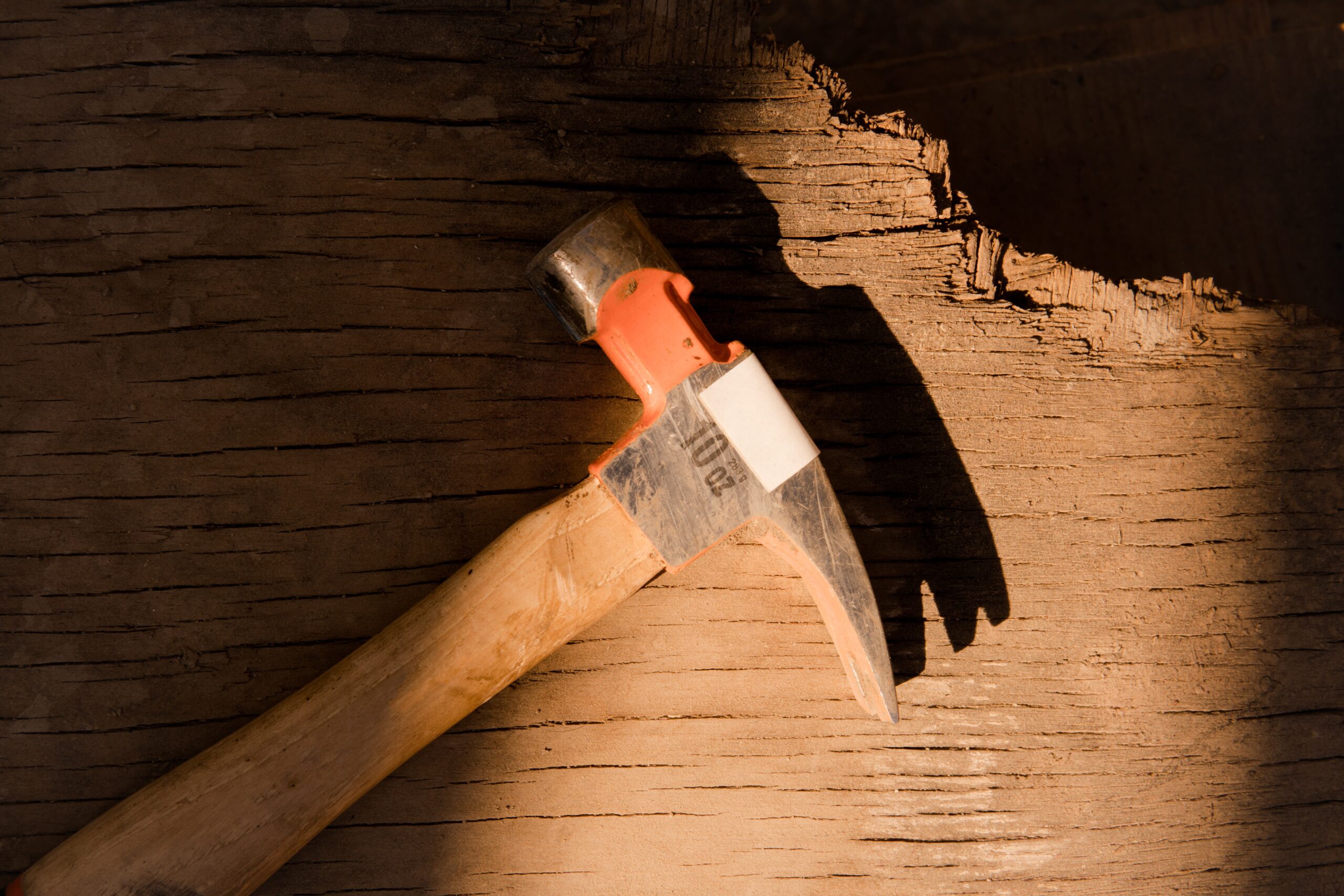Introduction
Demolishing a house can be a surprisingly daunting task. It’s not something you want to do without proper planning and preparation. Before you get started, there are a few things worth considering.
Get a Demo Permit
Before you begin demolition on your home, it’s important to obtain a demo permit from your local municipality. The process for obtaining one will vary depending on where you live and the type of structure that is being demolished; however, in most cases, you’ll need to submit plans outlining what work is being done and pay an upfront fee before beginning any demolition. Some cities require an architect or engineer to be on-site during demolition while others require hiring a licensed contractor such as a demolition contractor in Sydney to oversee all aspects of the project. You should check with your city’s planning department or building official for specific requirements and if there are any surprises.
Learn the House Design
There are several things to consider before demolishing your home, including the type of building materials used. If you’re unsure about what kind of roofing material or siding the house has, take a look at your residential house designs or talk to an architect.
Removing a roof is very different from removing siding and windows. The best way to do it depends on where the roof meets the walls and how much work needs to be done to remove it safely. For example: if there’s nothing but shingles covering your house, then you can easily pull them off using long poles with hooks at one end (like those used for pulling down Christmas trees). However, if there are asphalt shingles over wood or metal panels in place under those shingles (as with many newer houses), then getting rid of them without damaging any underlying structure can be more difficult and possibly require professional assistance from someone who knows what they’re doing.
Find a Demolition Contractor
- Find a contractor who has the right equipment for the job. This includes cranes, forklifts, and other heavy machinery to move materials around.
- Look for a contractor with experience in demolishing homes like yours.
- Ask for references from previous jobs and ask about their safety record on those projects.
- Ask about their insurance coverage: Does it include workers’ compensation? Liability? Homeowners’ or renter’s insurance? What’s their cap on this coverage (the maximum amount they’ll pay out per incident)? Is there any way to increase that cap if you need more extensive coverage? How much does it cost each month?
- Get an estimate of how much a demolition project will cost before deciding whether you want to go through with it. You may find that there are other less expensive options available like deconstruction rather than demolition that could meet your needs while saving money along the way.
Take Meticulous Photos of the House and its Contents
Before the house is demolished, take photographs of every room, corner, and nook. These photos are an excellent way to remember the house and its contents. In addition to being a great way to preserve memories, photographic documentation can also be used for insurance purposes. If you own a home that has been damaged in a fire or other natural disaster and are seeking compensation from your insurance company, it’s best to have recorded pictures of everything before you submit them as evidence.
Photographs can also be used for creating virtual tours of the property so that friends and family who couldn’t make it out for the final farewell can still visit at their leisure by accessing these images online. Another great use for images is documenting time capsules: fill up small items like toy cars or dolls with notes about what life was like when those objects were new 50 years ago; place these items inside boxes along with memorabilia like newspapers dated back then too.
Furniture Removal
At this stage, the real work begins: removing all of the furniture and fixtures from your house. You’ll need to remove any wall-to-wall carpeting, as well as all fixtures and hardware such as doors, windows, trim, or moldings.
If you have appliances (such as a dishwasher), they’re also going to have to be removed from your home. You’ll need to disconnect any plumbing fixtures that are not going with you into storage until demolition is complete; if you don’t disconnect them now, there’s no way they’ll fit through a doorway later on so hiring a company like furniture removals in Eastern Suburbs would be a great idea.
As far as light switches go, the best advice that can be given here is just to rip them out of their sockets when nobody’s looking (or at least make sure they’re off). If it helps motivate yourself during this process: imagine how much more room there will be inside once these things are gone.
Salvage Helpful Parts
It’s time to get rid of the house, but you don’t want to waste anything. Don’t despair. There are plenty of things that people will pay for, or even give away if you ask.
- Salvage any items that are valuable, such as jewelry and collectibles, kitchen items (such as pots and pans), appliances (refrigerators and washing machines), flooring (hardwood floors), doors or windows
- Items that can be reused include furniture and other building materials like studs (the vertical wooden planks). You might also find garbage cans with wheels attached; these make great recycle bins when they’re empty
- Items that can be recycled include cardboard boxes, glass bottles/jars/cans; plastic food containers; aluminum foil/pans/trays/cups; old dish soap bottles made from plastic – it costs almost nothing at all to recycle these things.
Turn off and Drain Utilities
The first thing you need to do before demolishing your house is turn off and drain utilities. The gas should be turned off by a professional, but if you have a gas line running through your home you must make sure it’s completely shut off so there aren’t any leaks that could cause an explosion during the demo process. The water should also be shut off by a professional since this can also lead to major problems if left on.
Turning off electricity, cable TV, and internet wires are pretty straightforward—just call up the provider and tell them what you’re doing so they don’t send anyone over to fix something that doesn’t exist anymore. Also, make sure all phone lines are disconnected from any jack-based devices like phones or computers because those can still pick up signals even when they think they’ve not connected anymore (this is especially true with cordless phones). If there’s an alarm system installed in your home or office building then make sure someone comes out beforehand so they can disable it as well before starting demolition work.”
Conclusion
The process of demolishing a house can be overwhelming, especially if you are doing the work on your own. But with these tips and tricks, you’ll be able to demolish your old home in no time.




